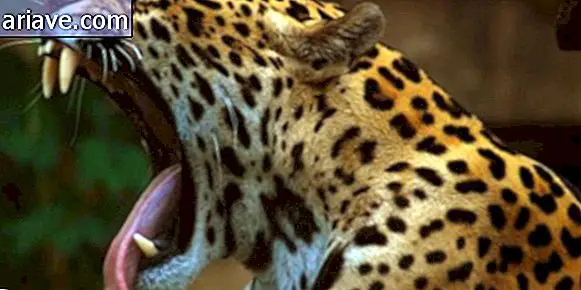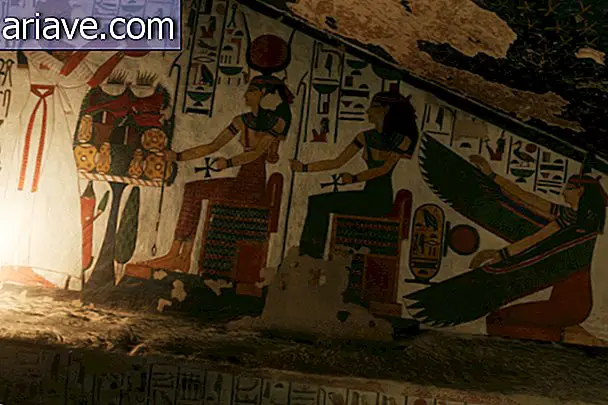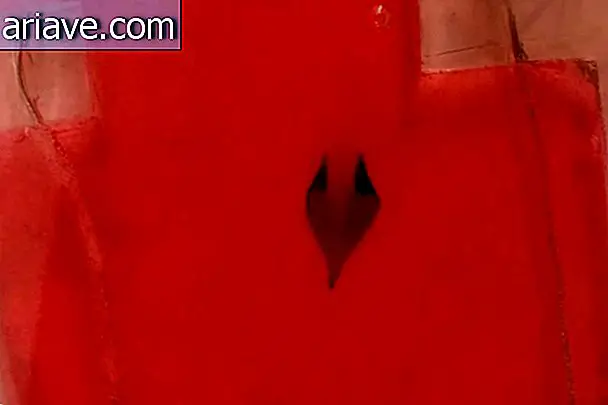Do you know the story of the Lucerne pig?
If you don't know the story, you might think we're going crazy. Lucerne's most famous tourist attraction in Switzerland is the sculpture of a wounded lion, placed inside an opening dug into the wall of an ancient sandstone quarry.
The tribute was built by honoring the Swiss Guards who lost their lives during the French Revolution while defending the Tuileries Palace in 1792. The animal symbolizes the courage of the soldiers who preferred to die rather than abandon their oath of service.

The story is very valuable, but where does the pig fit in? Despite the large number of visitors, few realize the existence of the two animals in the monument.
Swiss Guard Tradition
Recognized for their loyalty, Swiss mercenaries had a tradition of serving foreign governments. They were extensively requested by France and Spain in the period between the Middle Ages and the Industrial Revolution. The incident that culminated in the construction of the monument took place on August 10, 1792, when a group of workers attacked the palace, killing all guards while the royal family fled through the gardens.

The time was not the quietest, and those who did not die during the confrontation or from the injuries sustained in it ended up as victims of the various massacres that took place in September of that year. Luckily, the second lieutenant Carl Pfyffer von Altishofen was off duty at the time, but it did not leave his mind.
When his regiment was dissolved in 1801, he returned to Lucerne and began plans to build a monument in honor of his companions. It was the least he could do for surviving the massacre. Switzerland was under French rule at the time, so everything had to be done confidentially, as a statue in honor of the defenders of the monarchy would not be welcomed. Following the independence of Switzerland in 1815, plans began to be implemented.
Never tease your sculptor
For the magnitude of the homage, Pfyffer sought out the famous Danish sculptor Bertel Thorvaldsen. Despite the disclosure of the project, in order to raise funds, the former lieutenant did not get enough money to pay the quality artist. Even so, he managed to persuade Thorvaldsen to start work, keeping secret the fact that he did not have enough resources to pay.

During the delivery of the sculpture, the relationship between the two began to deteriorate, as the artist was late. Nevertheless, when Thorvaldsen learned that he would not receive full value for the work, he decided to make minor last-minute modifications to the project.

The sculpture remained intact, out of respect for the men who died in combat, with the lion impaled by a spear. One of the animal's paws covers a shield with the fleur-de-lis of the French monarchy, while another shield beside it shows the Swiss coat of arms. To show his dissatisfaction with the bad payer, he altered the shape of the opening that would accommodate the lion, leaving it with the outline of a pig. Now that you have seen it, you will probably only be able to notice it.
During the opening, the Swiss sculptor Pankraz Eggenschwyler fell off his scaffold and died; it was subsequently replaced by the German Lucas Ahorn, who completed the monument only in 1821. Apparently no one suspected the unusual format of the opening until it was ready, but now it is possible to see clearly what an artist can do if not paid. in the combined way.
***
Do you know the Mega Curioso newsletter? Weekly, we produce exclusive content for lovers of the biggest curiosities and bizarres of this big world! Register your email and do not miss this way to keep in touch!











